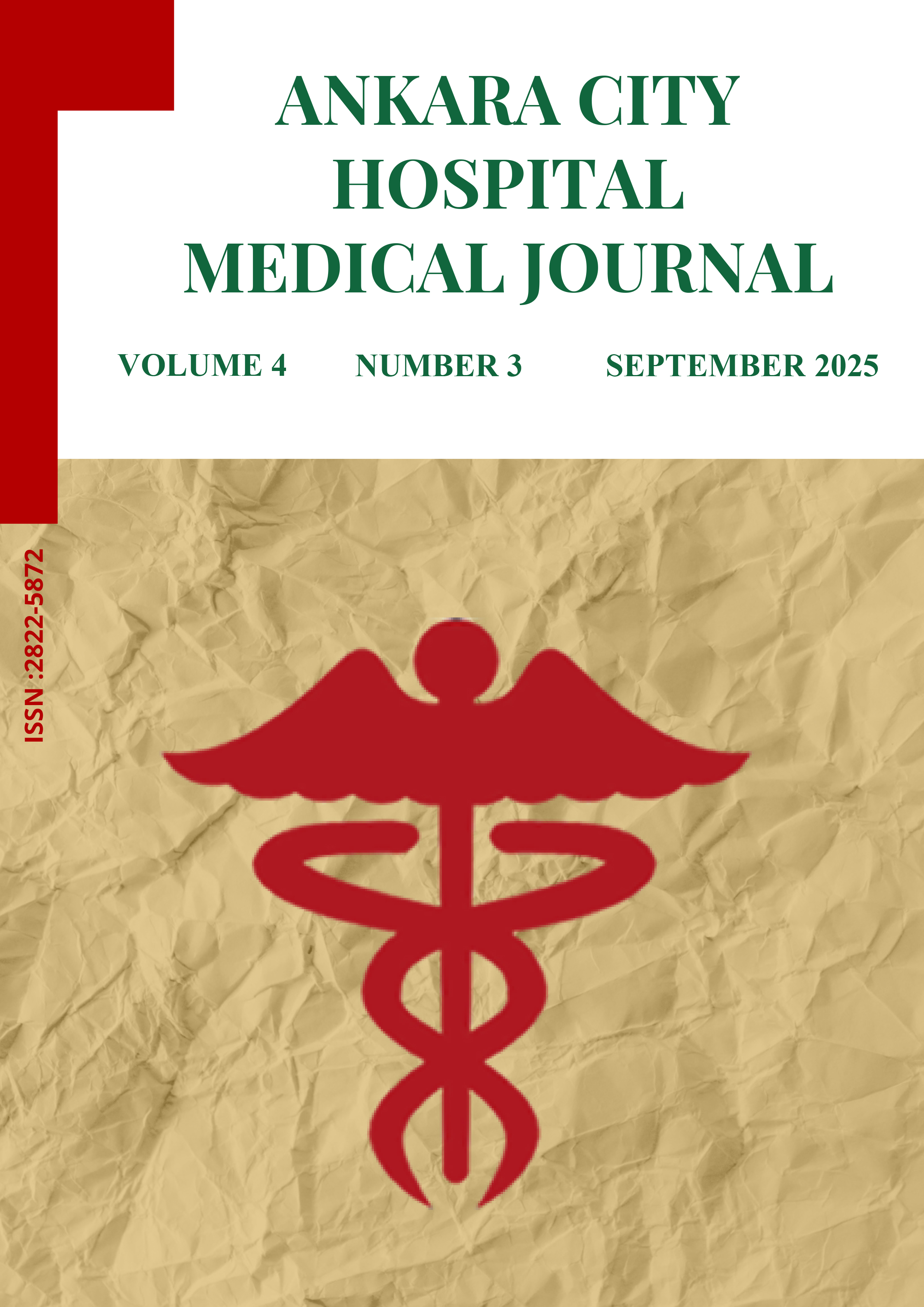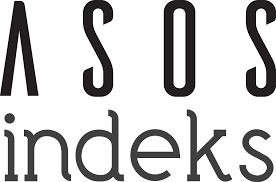
The Impact of Sarcopenia on Post-COVID Pulmonary Sequelae
Murathan Koksal, Yusuf Dedecan, Mehmet KutluAnkara Bilkent City Hospital, Ankara, TurkiyeINTRODUCTION: Following COVID-19 pneumonia, some patients experience symptoms such as weakness, fatigue, dyspnea, exertional dyspnea, and a persistent cough. This condition is defined as post-COVID-19 syndrome. Residual chest CT findings can be detected in some of these patients. Sarcopenia, a concept reflecting skeletal muscle mass loss, is a condition that occurs during the development of many diseases. This study aims to investigate the impact of sarcopenia on pulmonary sequelae following COVID-19 infection.
METHODS: A total of 142 patients were included in our study. Among them, 73 patients had post-COVID sequelae on CT scans and served as the patient group, while 69 patients had no sequelae on CT scans and formed the control group. Muscle measurements derived from thoracic CT scans were manually obtained using PACS software. The areas and densities of the total pectoral muscles at the upper half level of the T4 vertebra and the paraspinal muscles at the lower half level of the T12 vertebra were recorded.
RESULTS: There were no statistically significant differences in the mean values of T4 vertebra total pectoral muscle area, T12 vertebra paraspinal muscle area, T4 vertebra pectoral muscle density and T12 vertebra paraspinal muscle density between the groups. However, both the patient and control groups were sarcopenic according to reference values
DISCUSSION AND CONCLUSION: In our study, we could not find an association between lung CT findings, respiratory symptoms of the patients, and sarcopenia, which was the main focus. We attributed this to the separate mechanisms and pathophysiological processes of sarcopenia and pulmonary sequelae.
Manuscript Language: English
(315 downloaded)









